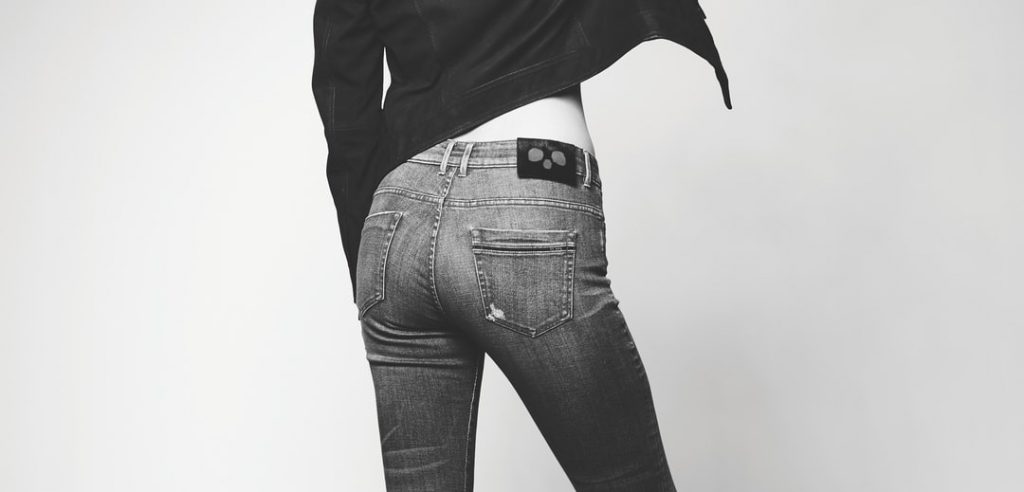
Strength training has a myriad of benefits, from increased bone mineral density and lean body mass production, improved HDL (the good cholesterol) and improvements in functional ability in older men and women.
- by Connie Aronson
- July 10, 2020
Don’t think that this summer you can get away without doing any strength training for your legs. Sure, you’re out hiking and on the trails, and that kind of activity is important for your health. However, you need lower body exercises to keep your hips, spine and knee joints stable and strong. Strength training has a myriad of benefits, from increased bone mineral density and lean body mass production, improved HDL (the good cholesterol) and improvements in functional ability in older men and women. This month we’re going to focus on a great butt exercise you can do at home. In real life, the glutes, or gluteus maximus, need to be strong so you can move better. The glutes are a big muscle, originating at the tail bone and extending into the connective tissue in your lower back. The glutes attach to the lower leg via the IT band, a dense strip of connective tissue that runs along the outside of the thigh.
The glutes—your butt—not only play an important role in the health of the lumbo-pelvic hip region, but also have great influence on movements of the legs and knees.
The derriere is a specific muscle in the gait cycle that works in a bungee-cord manner with other muscles in the legs. When you are walking, part of your gait cycle involves your leg swinging forward and your foot hitting the ground. It is natural for the leg to rotate inward first, in your stride. This motion sets off important tension in the gluteus maximus. Its role is to slow down the internal rotation of your leg. If your glute muscles are weak, your knee often collapses inward too much, putting unwanted stress on the knee.
To understand how the gluteus maximus works in real life, bend down and pick a wildflower. Try this a second time, but bend your knees more and more to feel how the glutes have to work. Next, sit down in a chair. When you sit down in a chair, notice how the glutes lengthen under the tension to slow your hips down as you sit. Another example of how the glutes work in real life is to step over an imaginary puddle, and notice how the glutes help extend your hip, lifting it, so you clear the puddle and don’t soak your shoe. Aside from moving well in daily living, a strong derriere enhances your athletic performance, be it running, Pickleball or whatever activity you love.
Gluteal activation over ball
If you don’t have one, it’s worth buying or borrowing a stability ball for this exercise. Not only are they fun to train with, but using a ball in this particular exercise helps you feel neutral spine, so you do it right. This exercise targets the gluteus maximus, as well as the gluteus minimus, gluteus medius and the hip rotator muscles.
- Lie over a stability ball. You should be on the apex on the ball, hands on the ground. Keep your neck relaxed and eyes looking downward.
- Rest one foot on the ground. Tuck your tailbone under by tilting your pelvis. This will help you stabilize the body.
- Lift your right leg slightly off the ground.
- Rotate your right leg slightly outward, keeping it straight. Flex your foot.
- Lift and lower your leg 10-15 reps.
- Repeat on the left side.
- Tips: Don’t arch your back. Don’t bend your knee or rock your hips to one side.
To see and share this exercise, click on vimeo.com/436311024.
Connie Aronson is a corrective exercise specialist and ACSM exercise physiologist at the Wood River YMCA. Check out conniearonson.comand follow her on Instagram @conniearon.
